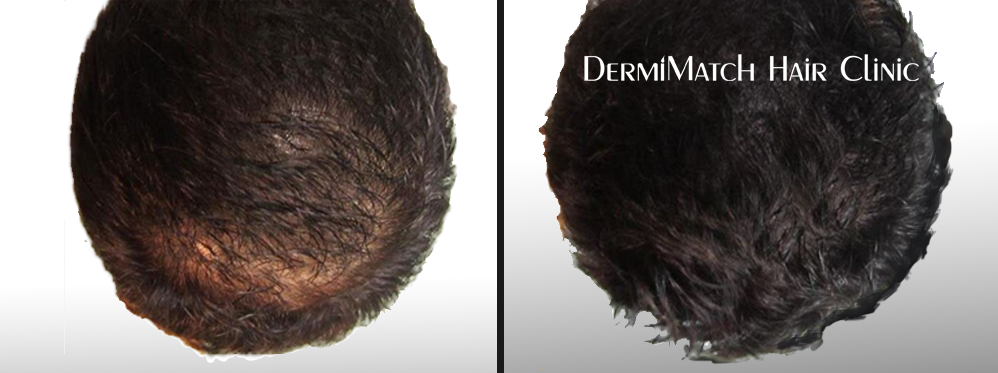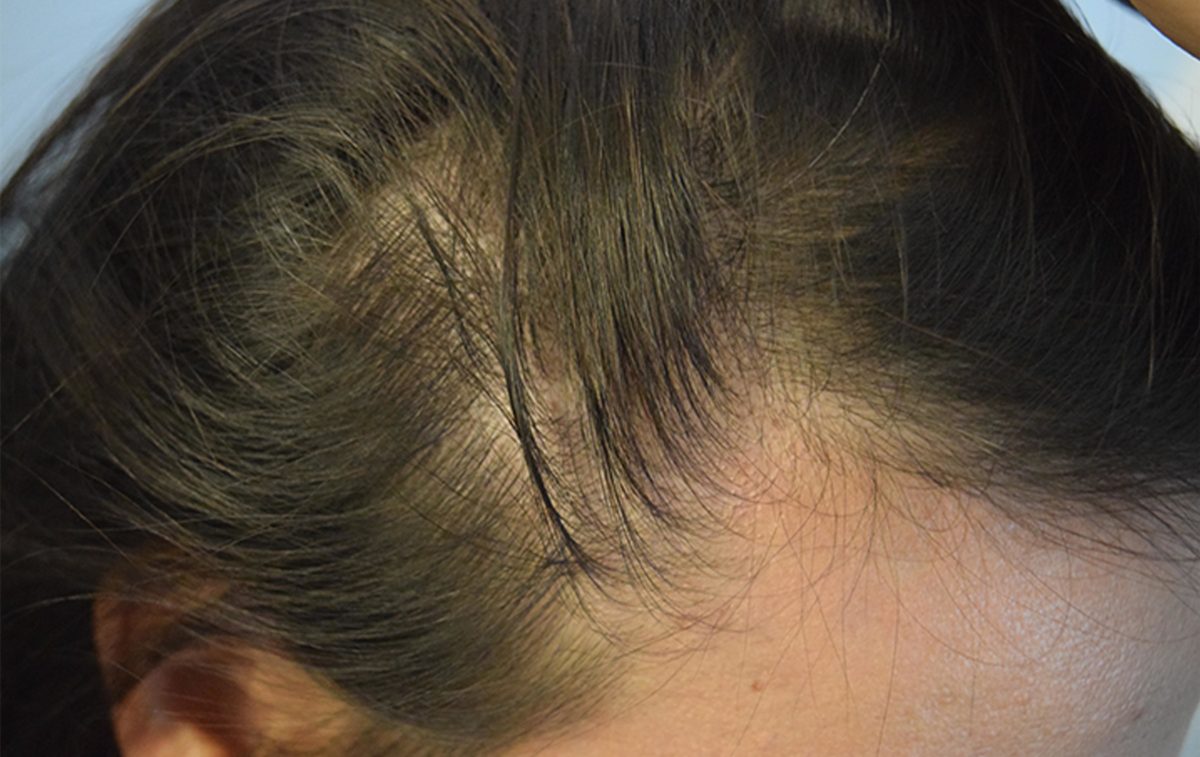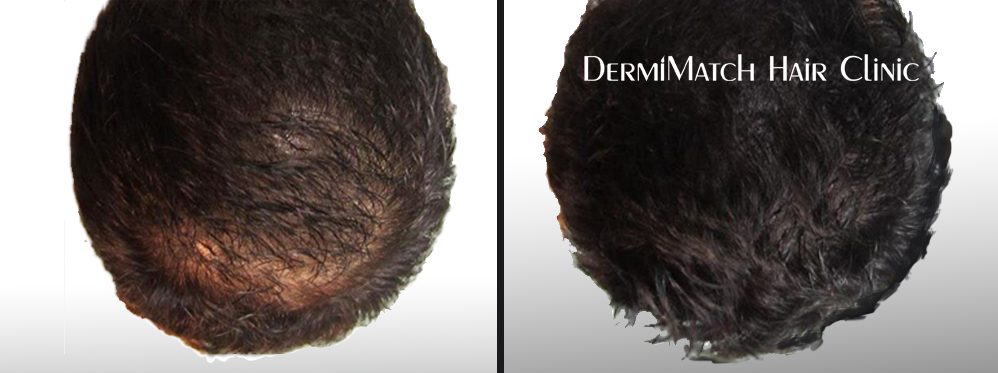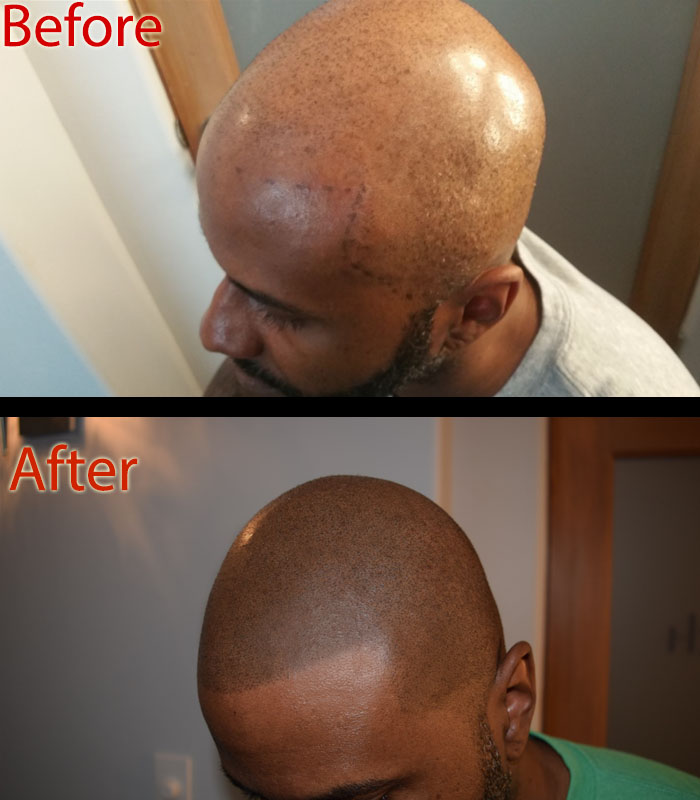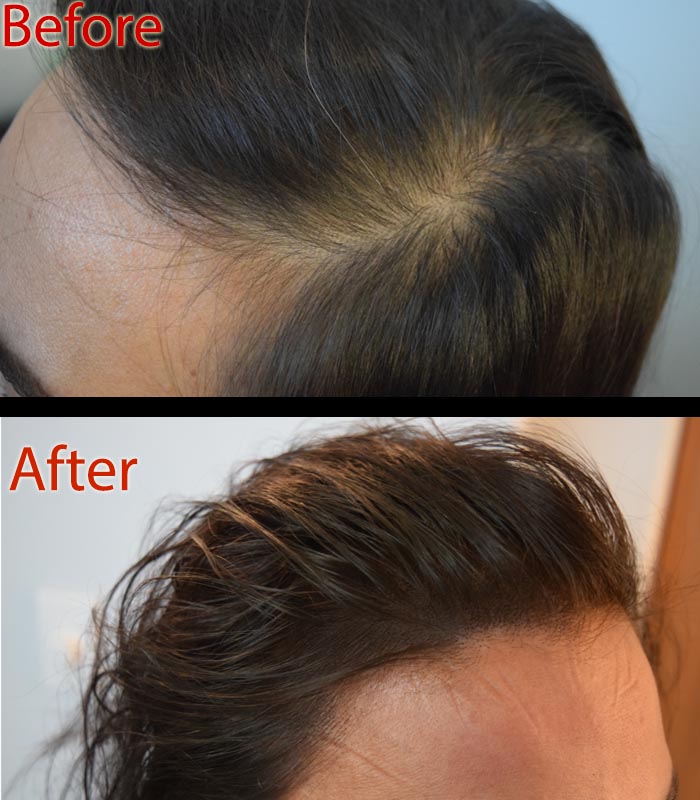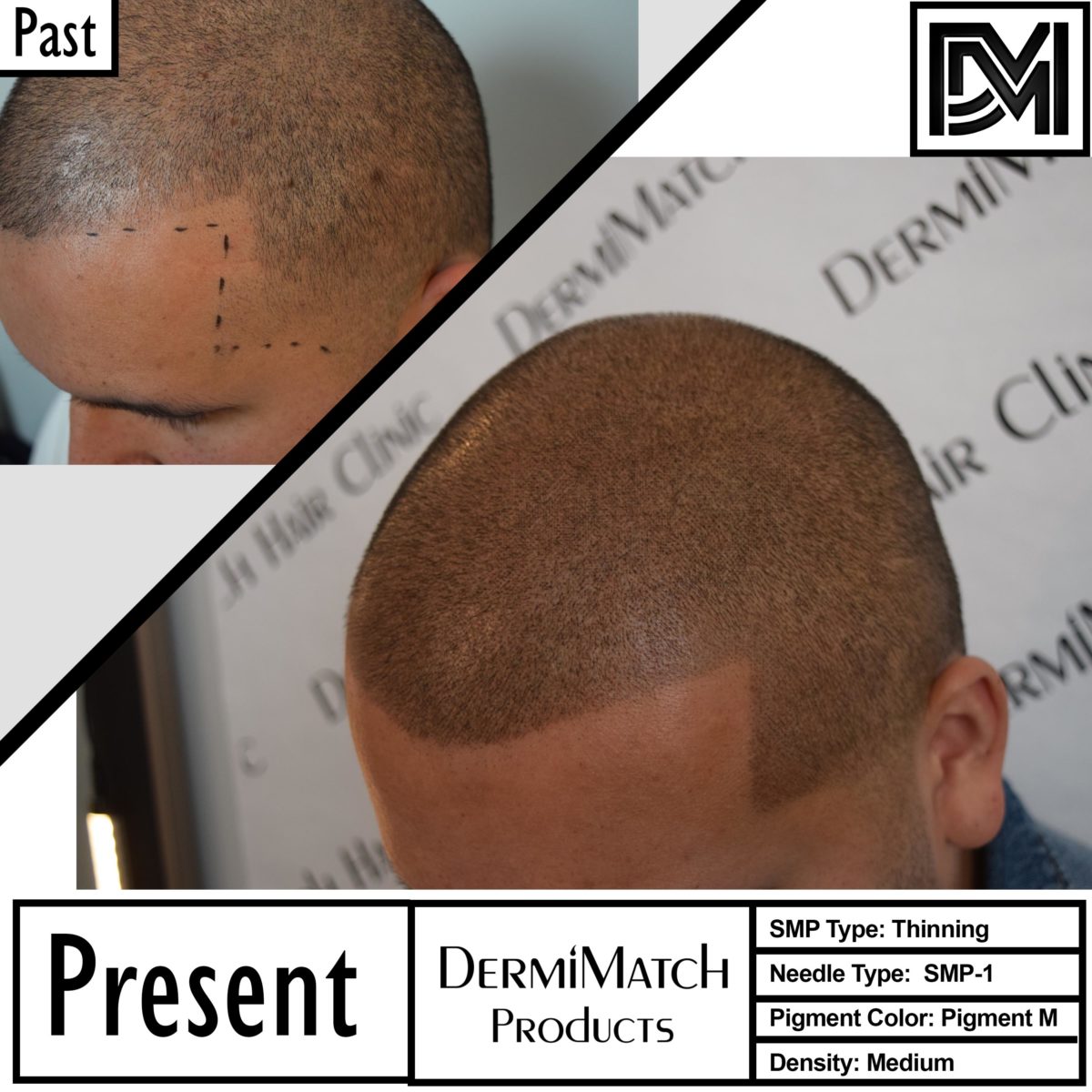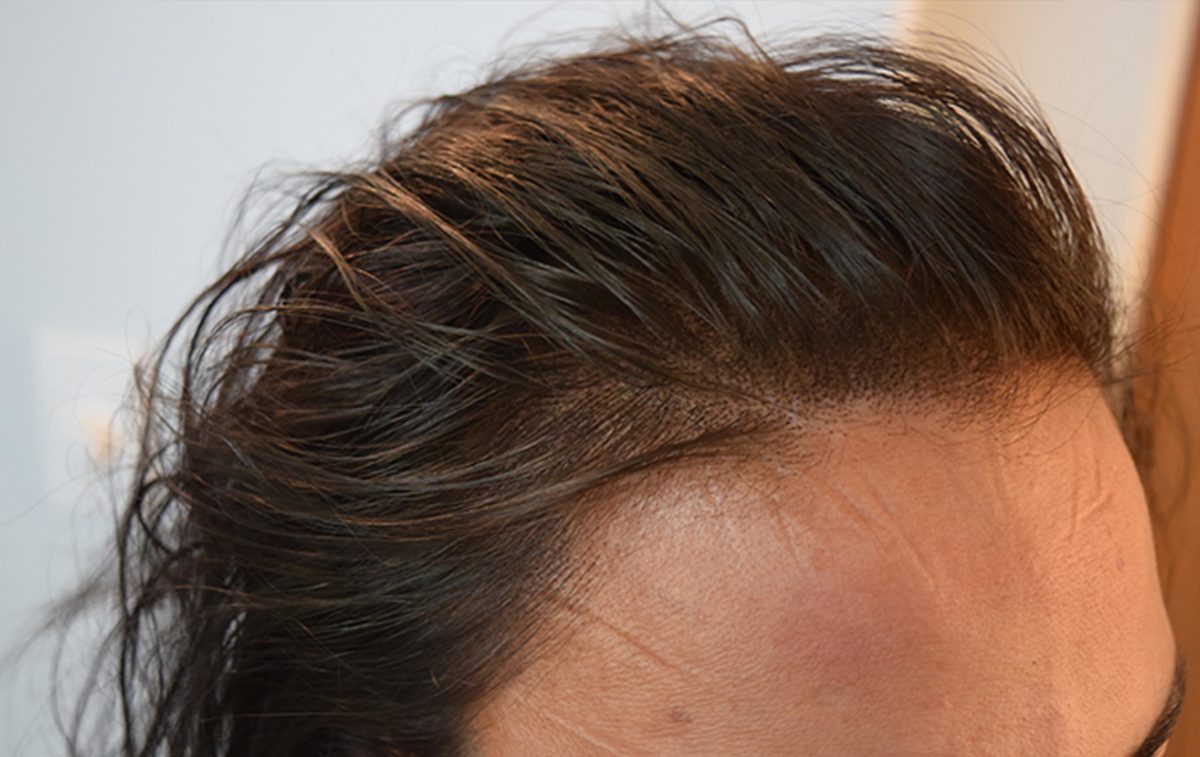Are you suffering from thinning hair? Well, your diet and hair loss could be connected. Although there are many causes of hair loss, your diet might contribute to the problem. while research reveals that an anti-inflammatory diet could be your secret to good hair growth, less nutritious inflammatory foods may trigger the loss of hair.
Vitamin A Diet and Hair Loss
There are plenty of reasons to include Vitamin A in your diet. The fat-soluble vitamin plays a crucial role in proper organ functioning and vision. But little do you know that too much of this micronutrient may cause toxicity, resulting in the shedding of hair and dry and patchy skin. Food for thought?
Selenium
Your body needs this trace element for cell and body functioning. But too much of this nutrient can trigger hair loss. Some of the foods that contain selenium include seafood, Brazil nuts, and red meat. However, the risk of toxicity increases with the ingestion of selenium supplements for a long time. That might be at the root of your problem.
Simple carbohydrates
A diet loaded with simple carbohydrates may increase sebum production. Excess amounts of sebum may cause inflammation, which is not a good sign for hair health. Hair loss might be the result if inflammation becomes chronic.
Processed Sugar in Diet and Hair Loss
Processed sugar is also an example of simple carbohydrates. High intake of sugary foods can result in more glucose in the blood, which causes the pancreas to produce more insulin. This might have an adverse effect on your scalp blood vessels. Complex carbs are a healthier alternative to simple carbohydrates.
In women, increased consumption of processed sugar may result in an increase in male hormone or androgen, which can cause the shrinking of follicles.
High-glycemic foods
Foods high in glycemic index are those that tend to instantly raise blood glucose levels. Such foods are harmful to hair health. All forms of refined and simple carbs fall under the category of high-glycemic foods.
Alcohol
Drinking too much alcohol can have a negative effect on hair growth. Since keratin protein is crucial for hair health and structure, alcohol can impact protein synthesis. When protein is not properly synthesized in the body, your hair starts becoming weaker and losing their luster. Besides, alcohol consumption can cause nutritional imbalances, which may result in numerous health issues, including the weakening of hair roots.
Fried foods in diet and hair loss
Deep-fried foods are known to raise testosterone levels, which may further increase DHT levels in the body. DHT is a steroid hormone that can cause hair shedding. The quality of oil used for frying foods can also affect hair health. Hydrogenated can suppress the growth of hair.
No doubt, diet, and hair loss are linked. But a diet overhaul can take time to show its results on your health. Even if you try to include hair-friendly foods, hair growth may not happen overnight. That means until you get rid of the problem, you have to live with the trauma of hair loss or thinning hair. Luckily, scalp micropigmentation offers you respite from such trauma. SMP can cover your scalp problems effectively so you can step out into the world without fear or doubt about your hair looks.
Connect with the best SMP practitioner in Scottsdale today. The top scalp artists at DermiMatch are available for consultation.

